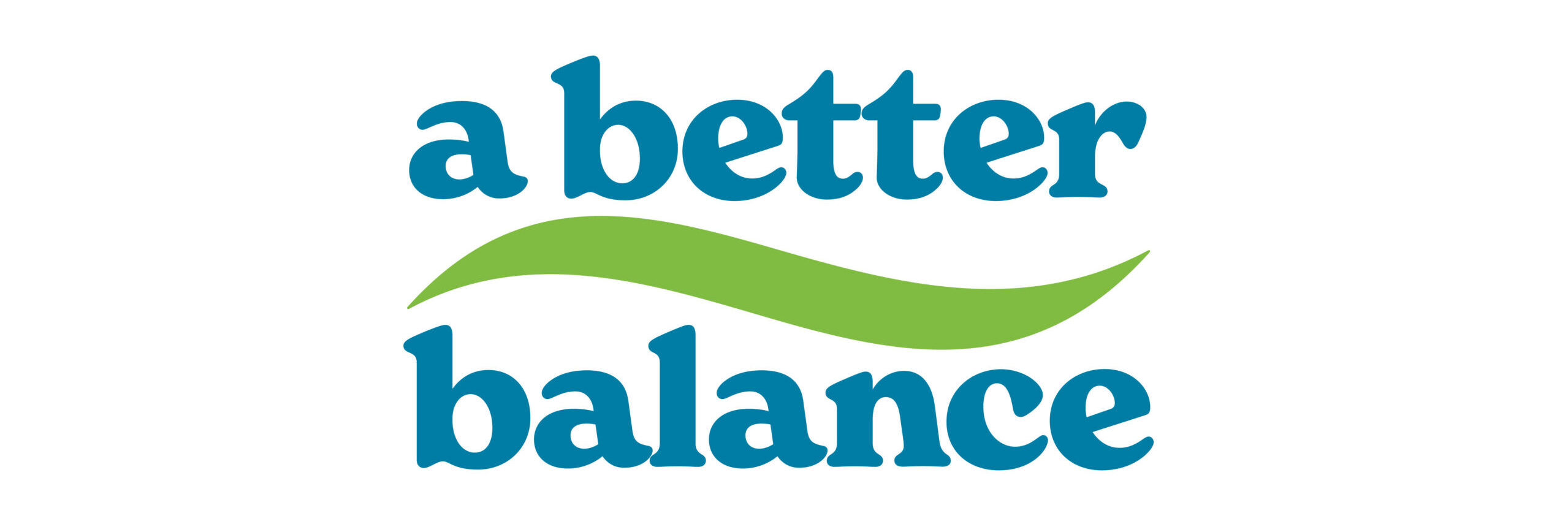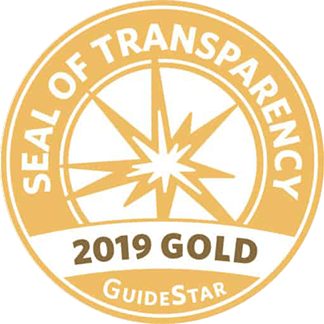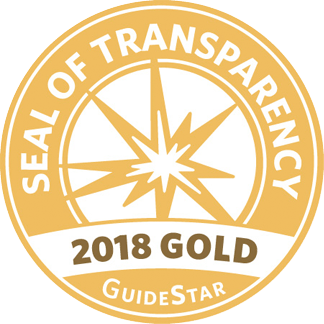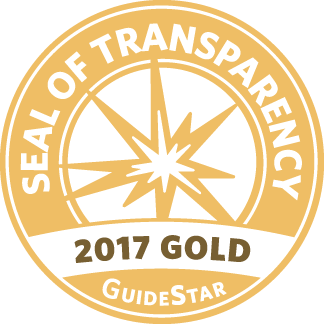Overview of Family Leave Laws in the United States:
Maine
Updated on January 7, 2025
Return to Family Leave Laws Home | Search Family Leave Laws | Export page as PDF
| Maine | |
| What purposes can leave be used for? | Medical leave can be used for a worker’s own serious health condition. Family leave can be used: (1) to bond with the covered individual's child within one year of the child’s birth, adoption, or placement for foster care; (2) to care for a family member with a serious health condition; (3) to address certain military family needs; (4) to care for a family member of the covered individual who is a covered service member; or (5) to take safe leave which is leave taken to address certain medical and non medical needs arising from domestic violence, harassment, sexual assault, or stalking. Maine’s law also specifies that leave can be taken for any other reason specified in the Maine Family Medical Leave Requirements Act (MFMLRA), which includes leave taken to be an organ or bone marrow donor. Benefits begin May 1, 2026. |
| Who is covered? California, New Jersey, Rhode Island, Washington State, Massachusetts, and Connecticut also provide some coverage for previously covered workers who have a qualifying need for family or medical leave while they are unemployed, while New York and Hawaii also provide some coverage for previously covered workers who have a qualifying need related to the worker’s own health. Details vary by state. States that aren’t currently implementing their programs will also likely provide some coverage for previously covered workers during unemployment, though final regulations will be needed to specify details |
Almost all employees are covered. |
| Are public sector workers automatically covered? Note that no state law covers federal employees. |
Yes, except for employees of federal and tribal governments and public sector workers who are a party to a collective bargaining agreement in existence on the date the law takes effect. Tribal governments may opt in to coverage. Public sector workers who are a party to a collective bargaining agreement in existence on the date the law takes effect are covered when the existing collective bargaining agreement expires. |
| Are domestic workers covered? | Yes. |
| Can self-employed workers opt-in to coverage? | Yes. |
| What are the requirements to qualify for benefits? | Workers must have earned at least 6 times the state average weekly wage during the base period. The base period is the first 4 of the last 5 completed calendar quarters immediately preceding the first day of the calendar week in which leave commences. This can combine income from more than one employer. |
| What family members are covered? | A family member includes a worker’s child, parent, grandparent, grandchild, sibling, spouse or domestic partner, a spouse or domestic partner of a covered individual, or as designated by the covered individual, an individual with whom the covered individual has a significant personal bond that is or is like a family relationship, regardless of biological or legal relationship. |
| How is the program funded? | Workers and employers share the cost of all leave. Employers can withhold up to 50% of the premiums from workers’ wages; employers cover the remaining cost. Employers with fewer than 15 employees are not required to pay the employer portion. The Department of Labor will set the total premium amount, which may not exceed 1% of wages. A self-employed individual who elects coverage is only required to pay 50% of premium. Premium do not apply to wages above the Social Security contribution base. |
| What percentage of wages do workers receive? | 90% of a worker’s average weekly wage up to an amount equal to 50% of the state average weekly wage, and 66% of a worker’s average weekly wage above an amount equal to 50% of the state average weekly wage |
| What is the maximum weekly benefit? | 100% of the state average weekly wage Annually, the Department of Labor may adjust the maximum weekly benefit amount as necessary to maintain solvency of the Paid Family and Medical Leave Insurance Fund pursuant to the recommendations of the Paid Family and Medical Leave Benefits Authority. |
| For how long can a worker receive benefits? | Own health: Up to 12 weeks in a benefit year. Family leave and safe leave: Up to 12 weeks in a benefit year. Total: Up to 12 weeks in a benefit year. |
| Is there an unpaid waiting period? | Own health: Yes—there is a 7-day unpaid waiting period. Family leave: No. |
| Are workers entitled to have their jobs back when they return? | Yes, if they have been employed by their employer for at least 120 days before taking leave. Note that workers who receive health insurance through their employers are entitled to continuation of those benefits while on leave, regardless of how long they’ve worked for their employer. Additionally, workers who exercise their rights to paid family, medical and safe leave are protected against retaliation or discrimination. Workers receiving benefits may also have employment protections under the Maine Family Medical Leave Requirements Act (MFMLRA). |
| How is the insurance provided? | By default, workers are covered through the state fund. Employers can apply for approval of a private plan, which must provide benefits that are substantially equivalent to those available through the state. |
| Statutory Citation | Me. Stat. tit. 26, § 850-a et seq. |




